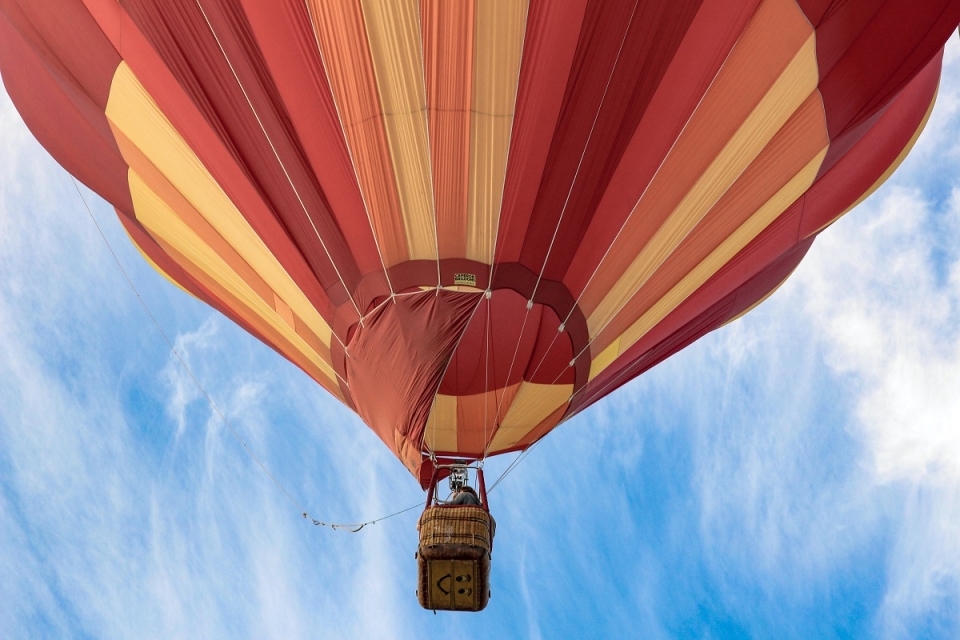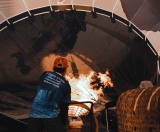
As if it were a Jules Verne novel, hot air balloons are capable of making us fly, and not just literally. Witnessing the magnitude of such aircraft, how they inflate until they adopt that "giant of the air" shape and their take-off to heights that seem implausible knowing that they only have the strength of propane gas to reach them, we can only declare ourselves total fans of the balloons!
But to be able to say with all the letters that you are (or we are) experts in balloons, we have to have certain clear concepts beyond how they work. Could you tell us how many kinds of hot air balloons there are? We have proposed to briefly bring you closer to this exciting world and believe us when we tell you that you are only going to think about planning a balloon ride. With whom we leave it to your choice...

Types of Hot Air Balloons
The first thing we have to differentiate between these aircraft is their flight method:
- The airship balloons have an engine to propel themselves as well as a gas tank with which they can maintain more or less the same height throughout the flight. They have the ability to maneuver like a common aircraft.
- Non-steerable balloons are carried away by air currents, so they have no means of propelling themselves. They can only ascend and descend. It is the typical one that has a propane gas burner and a very large candle that retains that hot air and a basket where the passengers go.
- Gas hot air balloons. These use a gas less dense than air, helium and hydrogen, usually helium since they are not flammable. Does zeppelin sound familiar to you? Without a doubt, they were one of the best known gas balloons historically, but their life was short since in the event of a fire they were very dangerous balloons despite their metal structure.
- Hot air balloons. They take advantage of the thrust of the warming air to ascend. They are the ones that are usually used for recreational use, for competitions... They are the ones that we usually see.
- Mixed hot air balloons. On the one hand it has stored gas and on the other it is necessary to heat air. This type of balloons, also known as Roziere balloons, are rare and are used for longer journeys, to minimize the use of the necessary fuel.

But we can also divide aerostats in two ways according to the form of flight they are going to use:
- Motorized balloons, which are what we have previously explained as dirigible balloons.
- Balloons without a motor, which are divided into free balloon or captive balloon. The former work thanks to the difference in density present in the balloon with respect to the outside air since the warmer air tends to rise. The gases most used for flights are propane and helium. Captive balloons work the same as a free balloon but with the main difference that it is attached with three fixed ropes to the mainland. They are usually used at parties or hot air balloon fairs.
But as a (more than perfect) appetizer to position yourself as a great connoisseur of hot air balloons, the first step you have to take is to take a balloon ride over the place that seems most bucolic to you. Segovia? Grenade? Montserrat? Luckily in Spain we are surrounded by cities and monuments that are even more spectacular from above, so if you want to do a balloon flight you just have to click here.












